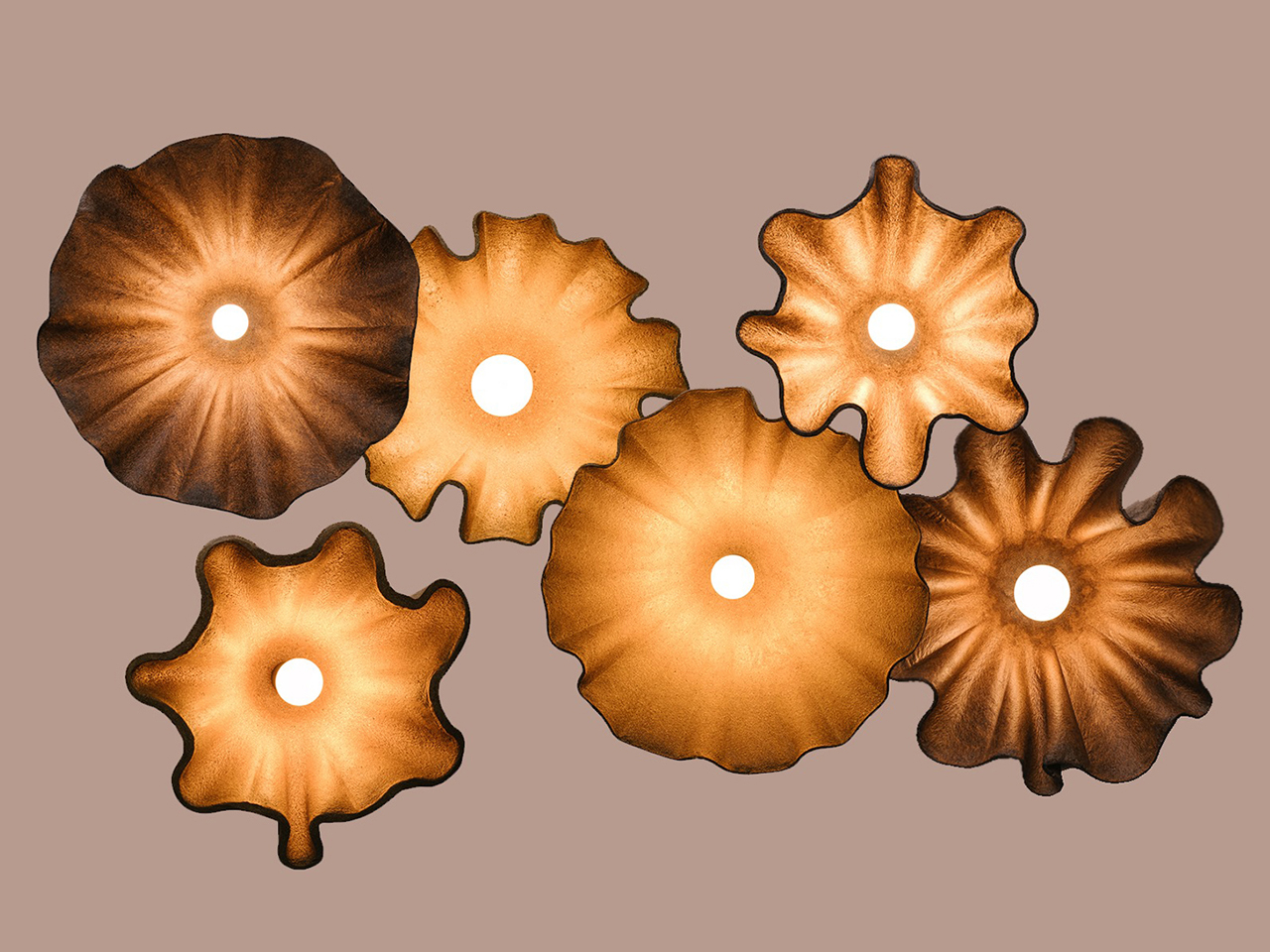
"The growing emphasis on sustainable lighting design reflects a crucial shift towards energy efficiency and environmental responsibility, merging innovation with eco-conscious practices."
"Research reveals that adopting LED technology could lead to a reduction of 1.4 billion tonnes of carbon emissions by 2030, pushing towards net-zero goals."
"Sustainable lighting not only conserves energy but also prioritizes the well-being of individuals by creating healthier and more aesthetically pleasing environments."
"Examples like Obscure lampshades from Biohm illustrate how innovative materials can drive sustainable design, combining beauty with environmental consciousness."
As demand for energy-efficient solutions rises, sustainable lighting design is becoming increasingly important for reducing energy use and carbon emissions. By 2030, widespread LED adoption could cut carbon output significantly. Smart lighting technologies, such as occupancy sensors and automated controls, contribute further to energy savings. A notable example of this trend is Biohm’s handmade lampshades, crafted from a bio-compound that incorporates waste materials, showcasing how sustainability can be integrated into modern design without sacrificing aesthetics.
Read at Yanko Design - Modern Industrial Design News
Unable to calculate read time
Collection
[
|
...
]